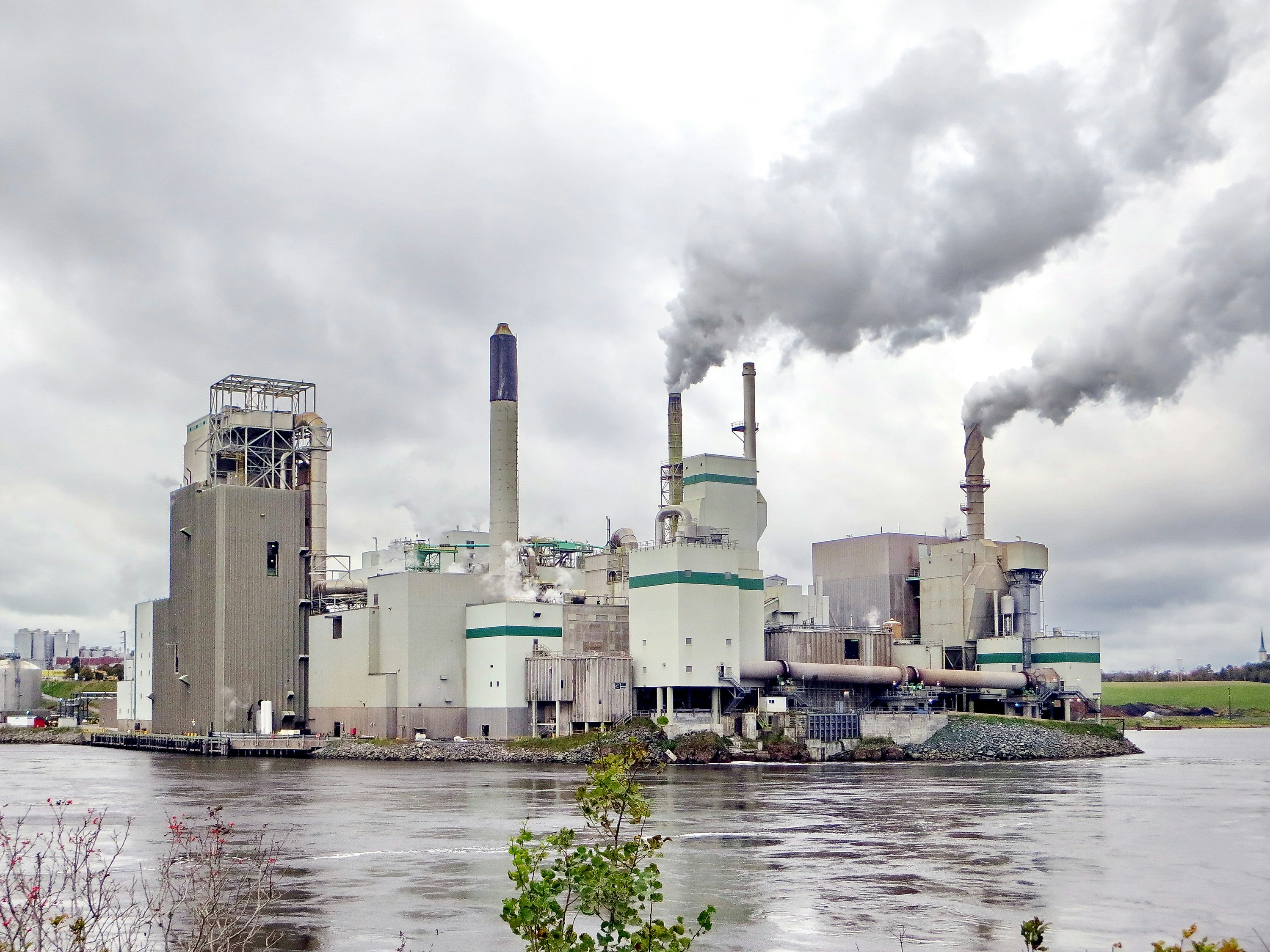As electricity takes up over half of the greenhouse gasses, Australians are starting to realize the negative impacts of traditional energy sources on the environment. This has led many homes to search for alternative energy solutions backed by the government’s Renewable Energy Target (RET). This Target aims for 23.5% of Australia’s energy generated from renewable sources. So, what are Australia’s renewable energy sources and how do they impact electric rates?
Solar Energy

Solar energy sources offer two main ways of tapping the sun’s energy—thermal and photovoltaic cells. Thermal energy harnesses power from the sun’s heat while photovoltaic cells (PV) cells use the sun’s light. The only disadvantage of solar energy is that you need the sun to do its bit to make it work. Therefore, you should have storage solutions to be able to use on cloudy days or at night time.
If, as a homeowner, you find your electricity bills soaring, you might want to try solar energy. However, it is advisable first to find out why your electricity bill is increasing before deciding. You may have high electric bills due to high energy rates, appliances (like a washer or dryer) that use too much electricity, or just the fact that your air conditioner is on nonstop during the summer months and your home has poor insulation. You can find such info and more on Solar Cells, an independent digital publisher dedicated to all news and content relating to technology, engineering and sustainability.
Hydro Energy
Modern hydropower utilizes the strength of rushing water to move turbines into action. Hydroelectricity is popular in Australia; however, its main drawback is that it requires large water volumes to keep it running. That means prolonged drought can affect your electricity supply. Several utility companies offer different types of electricity plans throughout Australia, so, before you choose a provider, you might want to first compare electricity providers for one that suits you. iSelect.com.au helps to simplify Australia’s electric utility options and gives you the chance to compare the energy providers and decide which one offers the most suitable plan for you.
Wind Energy
Wind offers another renewable energy source in Australia. But like solar, wind energy isn’t always in constant supply in Australia, which means that storage ability is essential to its successful use. You can find most wind energy generators clustered up in open fields where wind supply is comparatively reliable.
Bioenergy

Bioenergy has its source in various kinds of agricultural byproducts, similar to a compost heap. The process can include extracting waste products like methane gas found in sewerage or the burning of solid fuel sources like wood. Compared to carbon dioxide, methane offers 20 times the capacity to capture heat and is, therefore, a potent greenhouse gas source. However, Australia’s bioenergy generation is backed by stringent regulations that cover the sourcing. As a result, sources from native forests and old-growth forests are excluded.
Geothermal Energy
Unlike the other sources of alternative energy already mentioned, geothermal energy sources are not apparent. In fact, harnessing this source of energy means delving deep beneath the earth’s surface. Experts suggest the best places to access geothermal energy are areas close to active volcanoes, as this energy uses heat from magma. In some cases, you may need to access trapped water beneath the earth’s surface. However, geothermal energy is still in its developing stages.
Alternative energy sources are gradually gaining popularity as ‘greener’ alternatives to traditional energy sources, and different energy companies are looking for ways to exploit as many options as possible. The advantage here is that multiple energy providers creates healthy competition in the market. Naturally, this should serve to drive down prices for the consumer’s benefit. Therefore, to ensure that you’re not paying over the odds, always make a point of comparing not only the sources of energy but also your energy providers. This way you’ll make a better informed decision regarding the right plan for your and your home, and at what cost, before making a commitment.





